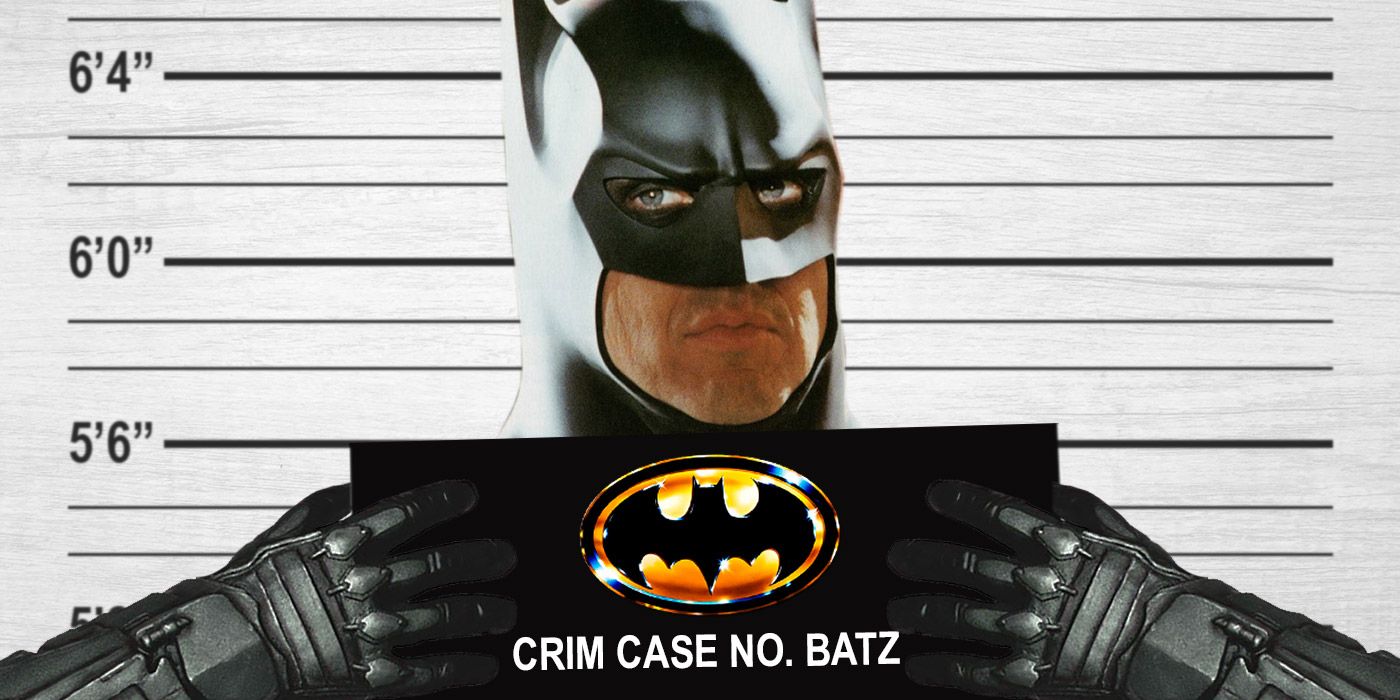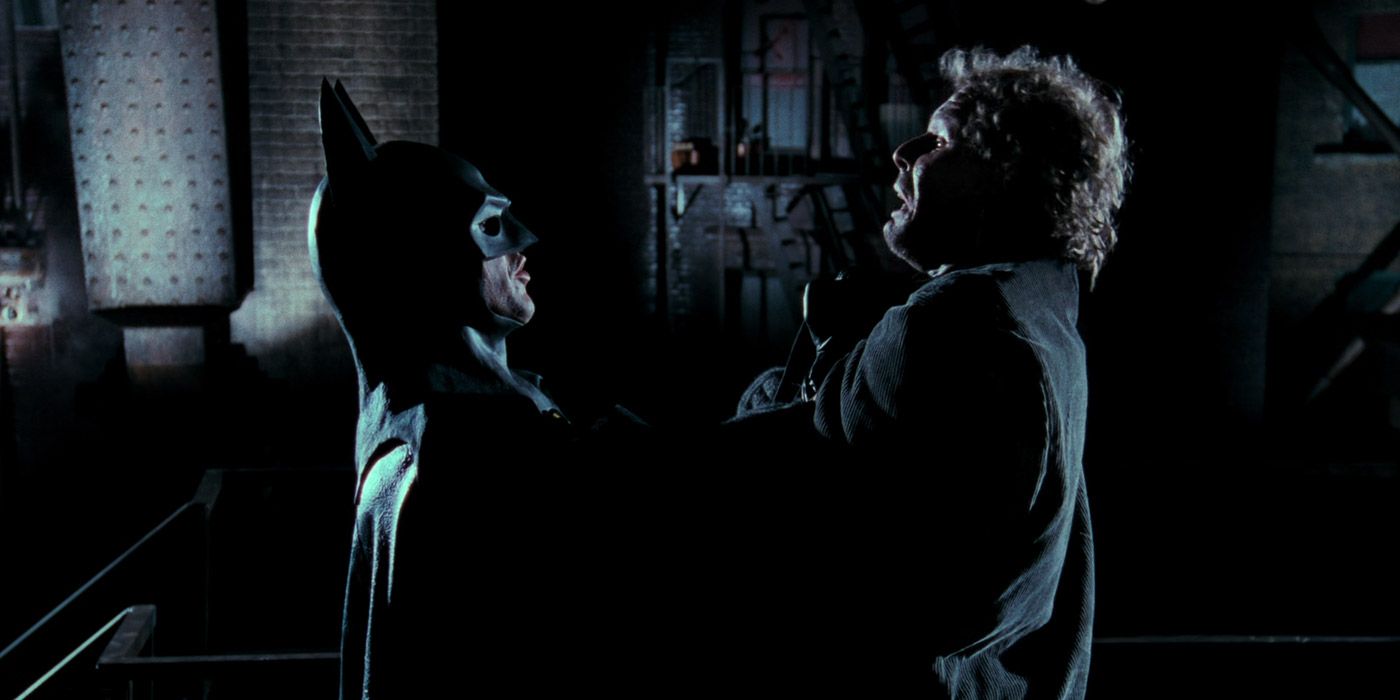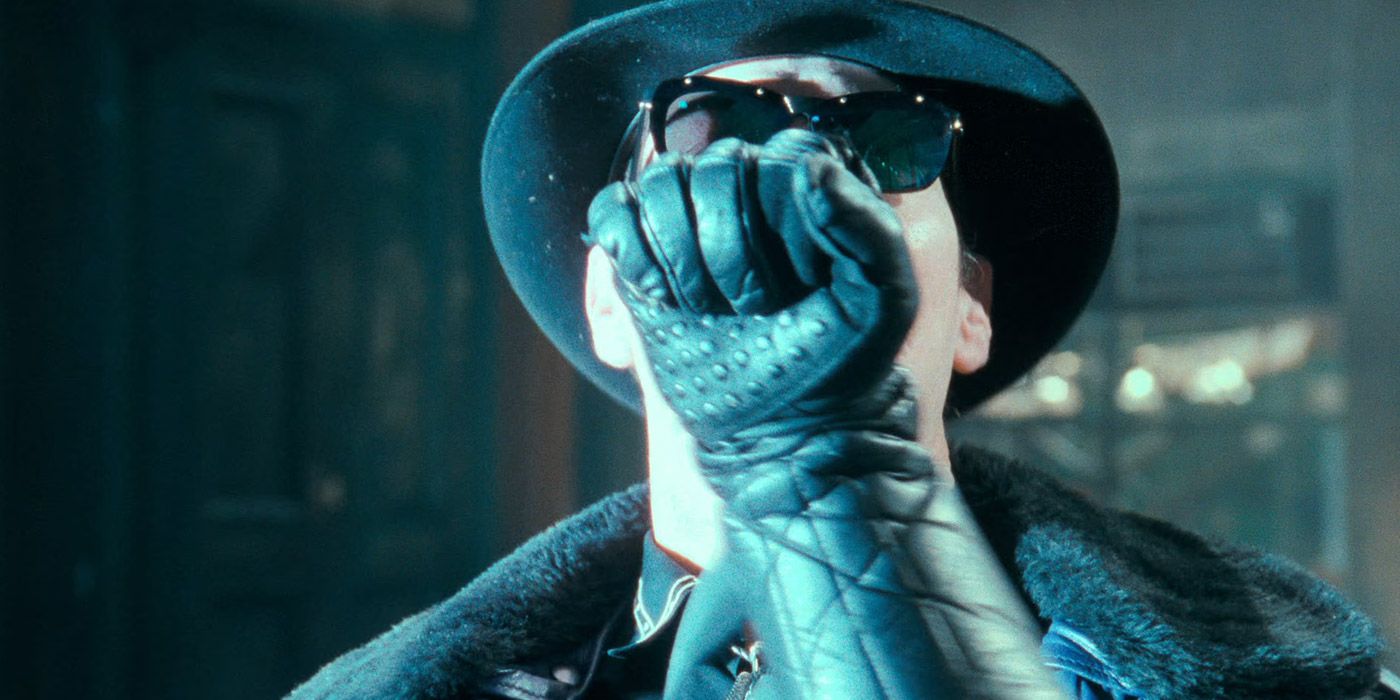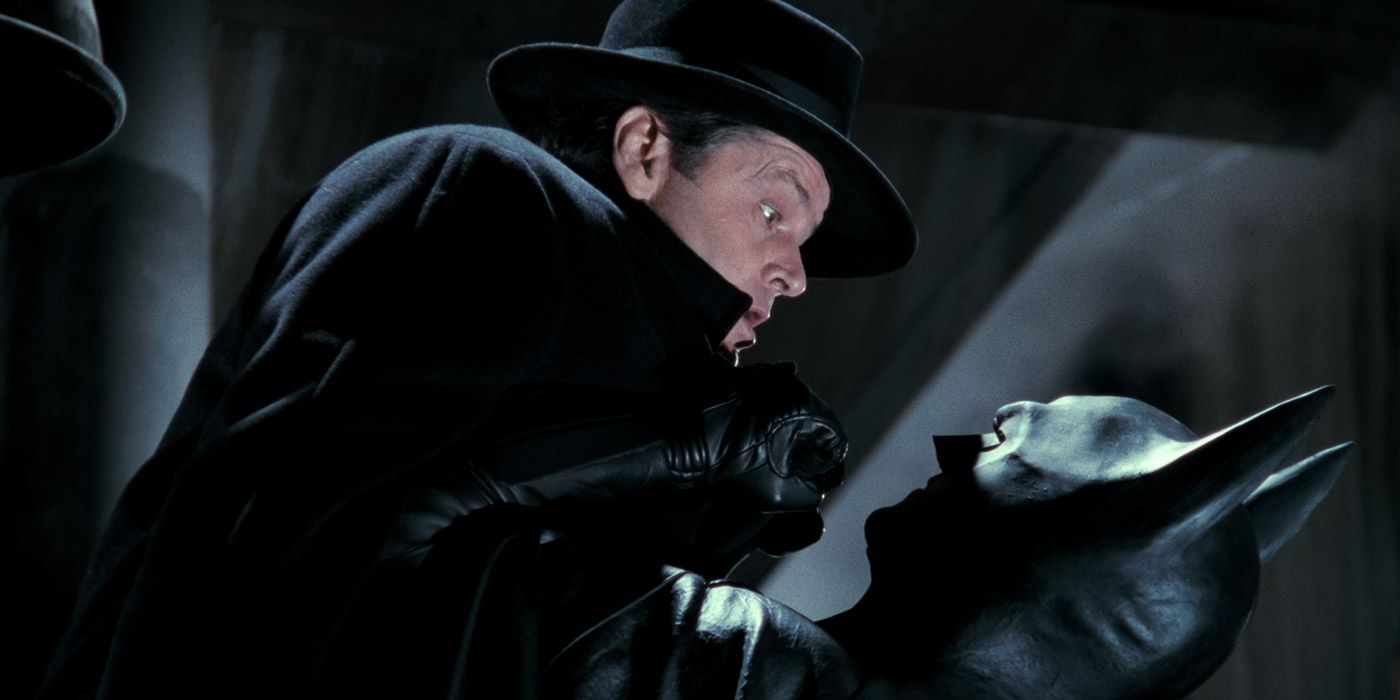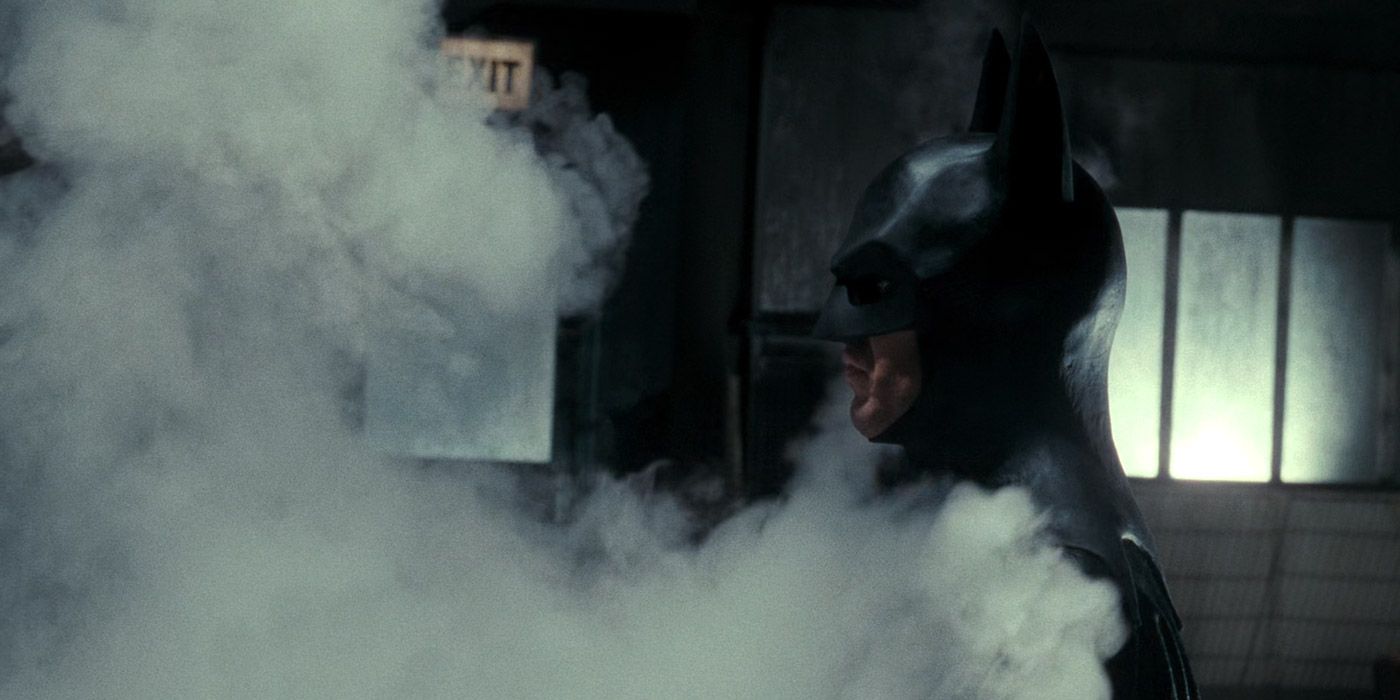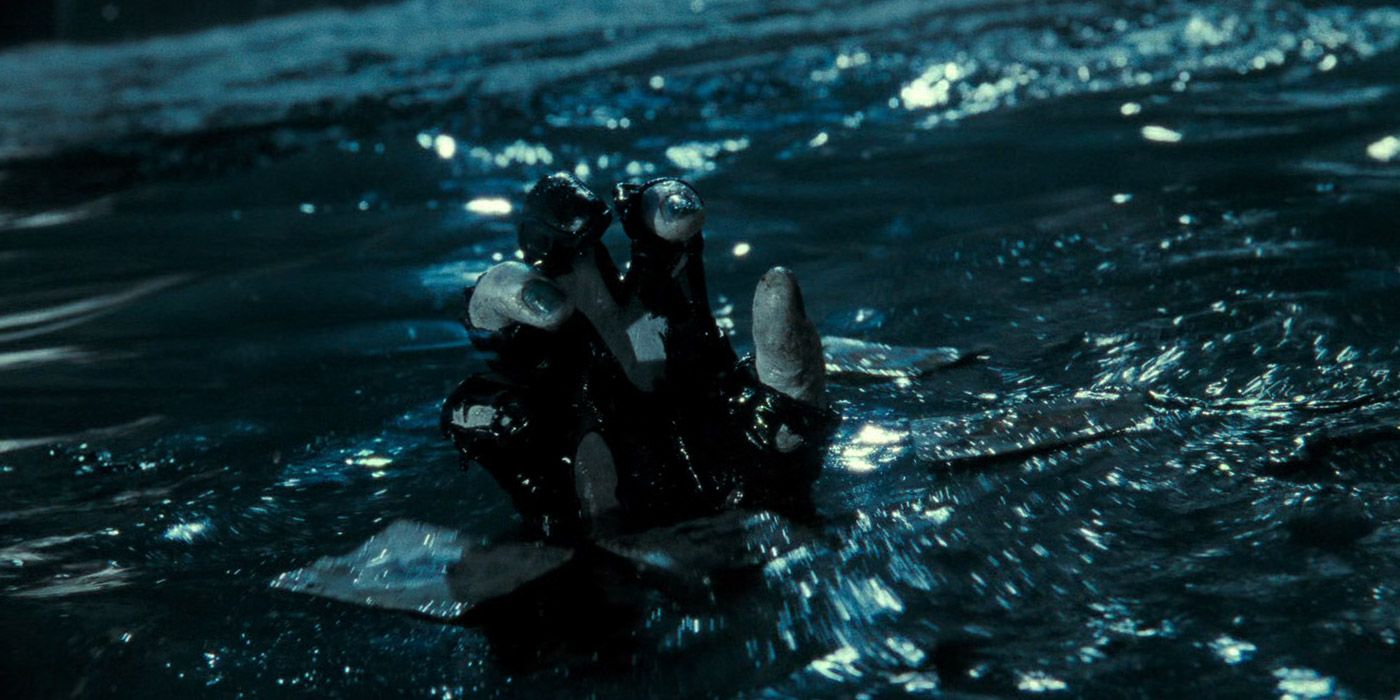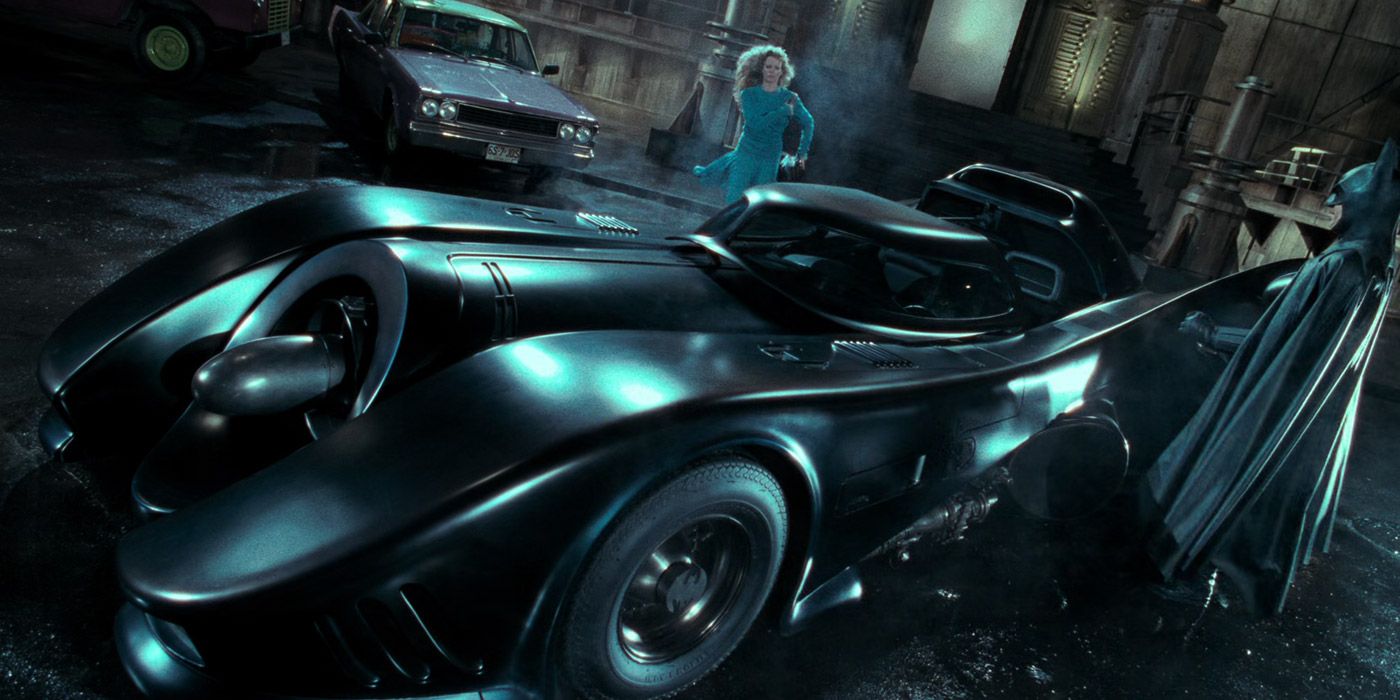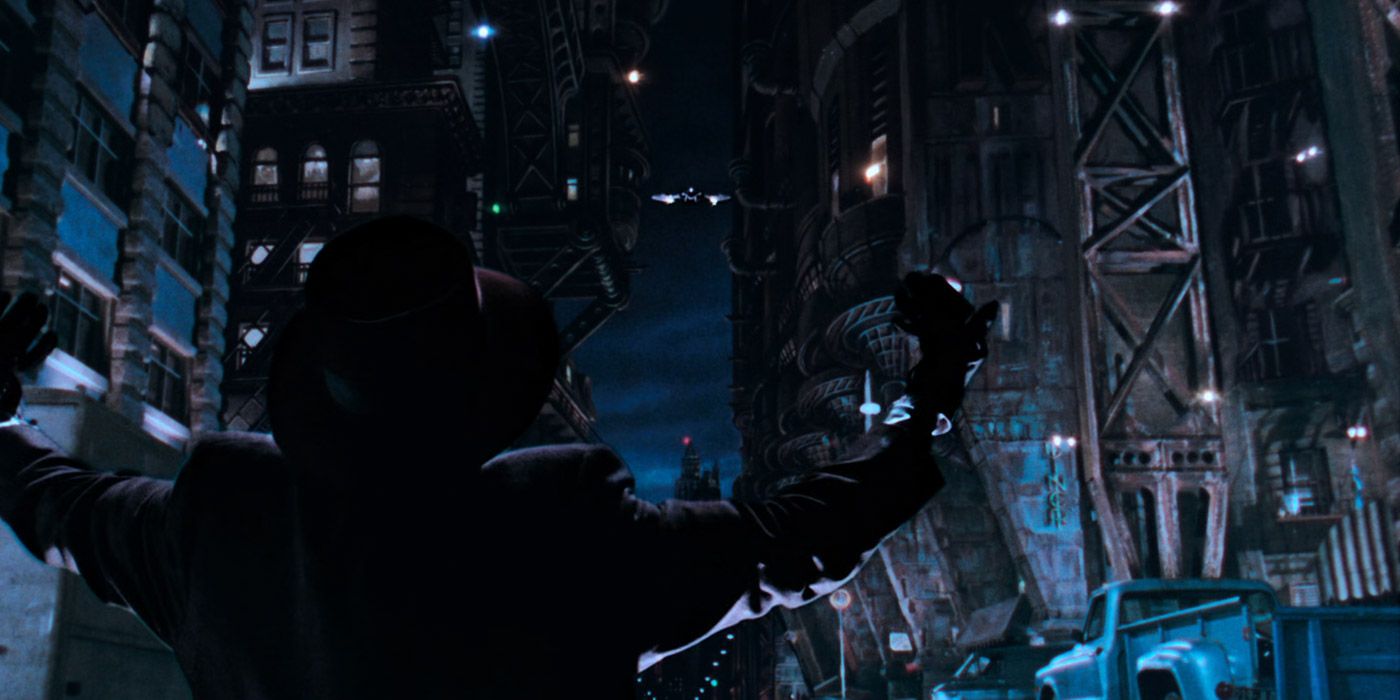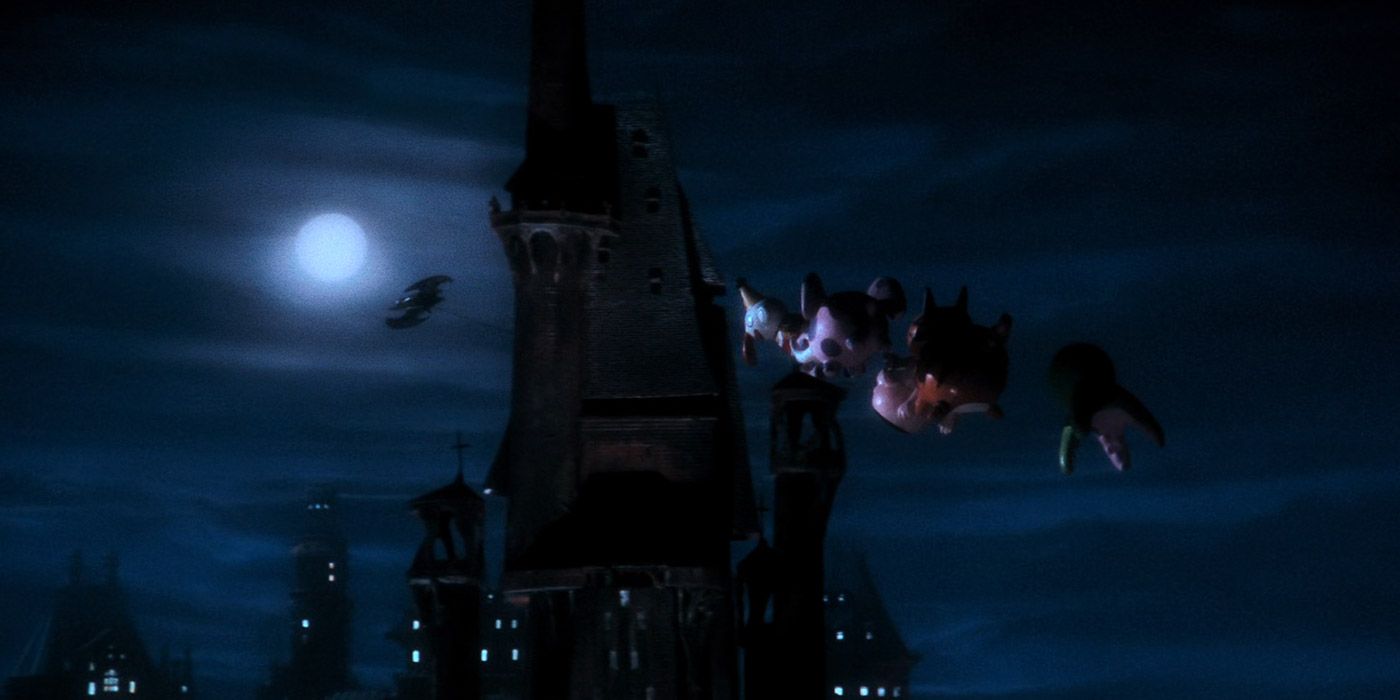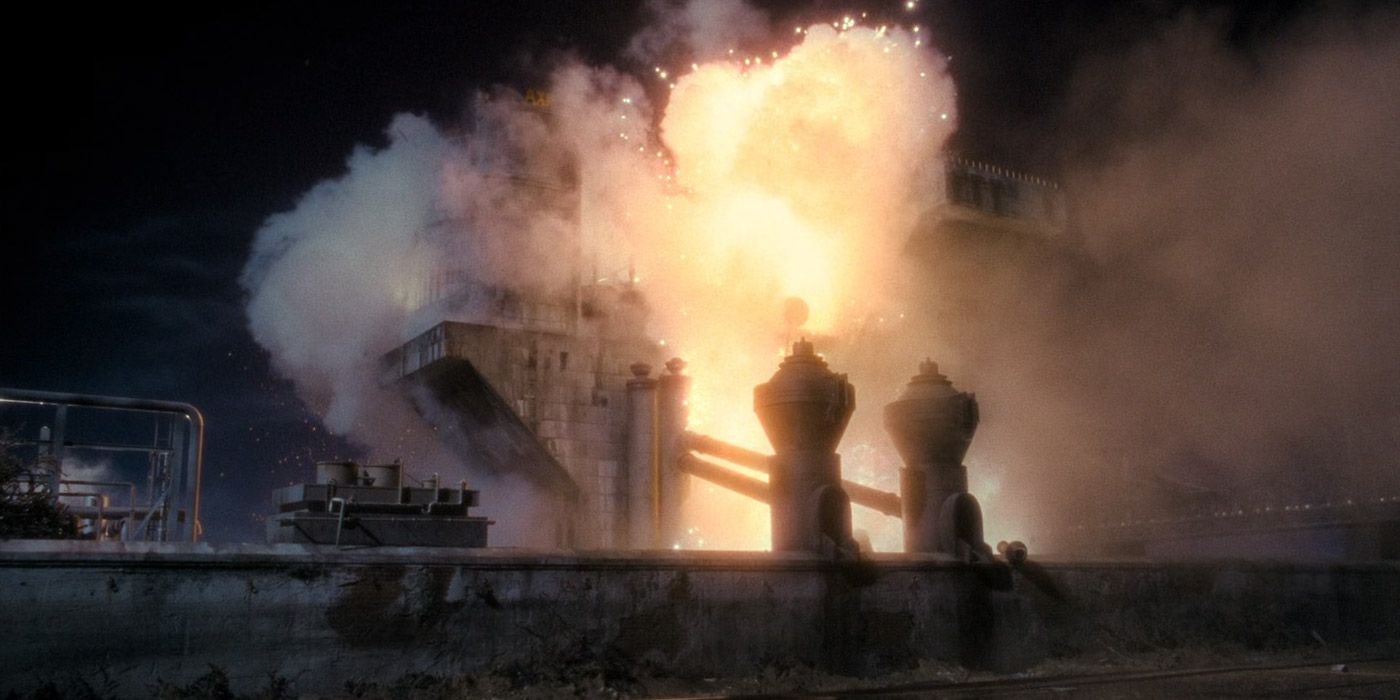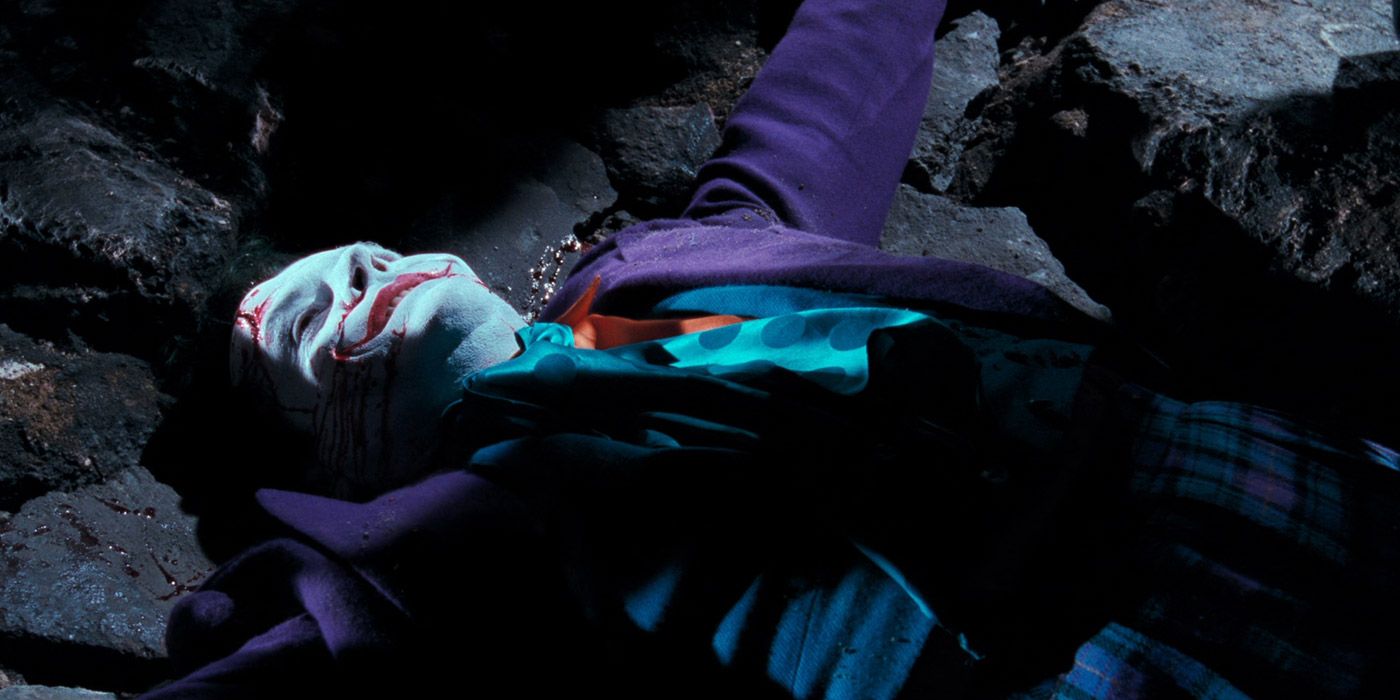Tim Burton's first Batman film brought the popular DC Comics character to life and triggered a massive pop culture craze that dominated every corner of 1989. This was a dark, atmospheric and exciting Batman film that didn't pull any punches, and portrayed the character the way influential writer Frank Miller had intended.
Unfortunately, this Batman was also a much harder-edged hero than comic book fans remembered. He broke a ton of laws, some expected, and others unexpected in order to take down his arch-nemesis, the ever-quotable Joker. If Batman ever went in front of a jury, they'd probably sentence him to multiple consecutive life sentences for his crimes.
Vigilantism
Fans have dreamt about donning a superhero costume and fighting crime at one point or another, but fantasy quickly comes crashing headfirst into reality when the facts are weighed. His vigilantism is the backbone of the entire character, and this was established in the opening act of the film, which is one of the things about Batman that still holds up today. However, he'd be in deep trouble with the law if he ever got caught.
When someone takes the law into their own hands, disaster can ensue rather quickly. There's a reason why law and order is so important, and Batman flaunts this openly in the 1989 film. The opening scene of Christopher Nolan's The Dark Knight shows what happens when normal citizens decide to copycat their favorite hero and the dangers therein.
Assault & Battery
Fighting crime means breaking a few bones now and then, and Batman was an expert at it. He'd prowl the streets of Gotham night after night, searching for the scum and villainy that permeated the city. Then, he'd send them to the hospital with stories of how a giant bat was terrorizing the criminal underworld.
It's highly doubtful that a judge or jury would be interested in hearing Bruce Wayne's excuses for why he sent so many thugs to the emergency room. Assault and battery convictions range from misdemeanors to first, second, and third-degree felonies. Batman would have probably slotted in somewhere between second and third.
Obstruction Of Justice
When Commissioner Gordon and his Gotham police descend on Axis Chemicals to apprehend Jack Napier and his goons, Batman decides to step in and lend a helping hand. It's a good thing as otherwise, Napier's right-hand man Bob might have put a bullet in Gordon's head.
Nevertheless, the courts wouldn't have taken too kindly to Batman crashing the party, even if he did end up evening the odds. Obstruction of justice usually involves a fine or a misdemeanor charge, but Batman's brand would have landed him a serious felony conviction.
Resisting Arrest
When the operation at Axis goes sour following Napier falling into a vat of chemicals, an enraged Gordon orders Batman's arrest. As the police close in, he drops a smoke bomb to cloud their vision while using his grappling hook to mount a daring escape.
If Batman were caught after the fact, he'd have been struck with a felony charge for resisting arrest. Even worse are the events that preceded it, which would have lent a much more serious context to the charge. Resisting arrest typically involves at least a one-year jail sentence, depending on the severity.
Involuntary Manslaughter
After confronting Jack Napier for the first time, he and Batman engaged in a brief scuffle that sent Napier falling over the rail of a gigantic chemical vat. Batman grabbed his hand just in time, but Napier slipped away, falling straight into the chemical cocktail below. For all intents and purposes, he was presumed dead.
Had the police caught him, Batman would have easily faced an involuntary manslaughter charge, which can carry lengthy prison sentences. Given the outrageous nature that led to Napier falling to his supposed death, the book would most certainly have been thrown at Batman.
Operating A Vehicle That Isn't Street Legal
Car aficionados love to deck out their rides with custom gear, body kits, and engine overhauls, but Batman took it a step further. His Batmobile was essentially a jet engine on wheels, with all the firepower and armor necessary to tackle a small army. It was also one of the coolest Batmobile designs ever and still ranks as the best among a large swath of fans.
Taking away the dangerous ordnance, the police would have something to say about Batman operating a vehicle that is, in every way, the farthest thing from street legal as can be. He'd also get slapped a hefty fine for ancillary charges, including lack of insurance, proof of ownership, and a basic license plate.
Reckless Endangerment
Gotham's big night of celebration turned to terror when the Joker attempted to kill as many citizens as possible with his infamous Smylex gas. After doing away with the large carnival balloons housing the gas, Batman steered his Batwing deep into Gotham's streets and unleashed his arsenal on the Joker's gang.
The Batwing fired high-caliber machine guns, missiles, and other ordnance at the Joker and his crew, which would have sent him to prison for years. This would be classed as the most extreme form of reckless endangerment; the kind of behavior that would require a green light from the highest levels of government during times of war.
Flying A Vehicle In Restricted Airspace
People cannot simply fly airplanes and jets in the vicinity of major cities, as they please. Yet, Batman does just that when he busts out the ultra-cool Batwing to rain down holy terror on the Joker and his gang during the street celebration. If not for his timely intervention, thousands would have died a horrible death.
Nevertheless, operating a vehicle in restricted airspace without approval would have been enough to send Batman up the river for a long time. Not only does Batman fly over Gotham City, but he also descends into the streets, which is extremely hazardous. Still, it's worth it to get a glimpse of one of the coolest Batwing designs ever conceived.
Domestic Terrorism
Axis Chemicals ended up being the hideout of Batman's best villain, the Joker. The Dark Knight knew he'd have to take it down from the inside in order to squash him. He remotely piloted the Batmobile into the heart of the chemical factory and dropped a high yield explosive that ignited the chemicals within, destroying the entire thing.
If he were ever caught, Batman would have undoubtedly gone to jail for decades. This kind of behavior is considered domestic terrorism, especially since he used a powerful explosive to commit the felony. There's no telling what ancillary charges might have been tacked on, seeing as how it was a chemical factory.
Murder
The comic book version of the character has a strict no-kill policy, but there are some stories where Batman came very close to committing murder. Director Tim Burton threw that out the window when he made the 1989 film. This Batman wasn't afraid to put criminals and thugs six feet under if he believed it necessary. In fact, Batman murders quite a few people throughout the film.
While most of his combat involves beating the Joker's criminals to an unconscious pulp, he isn't above killing the rest. His final confrontation with the Joker showed a Batman quite willing to take a life in cold blood, just for the sake of revenge. If the Joker hadn't turned the tables, it's probable that he'd have gone through with it.

